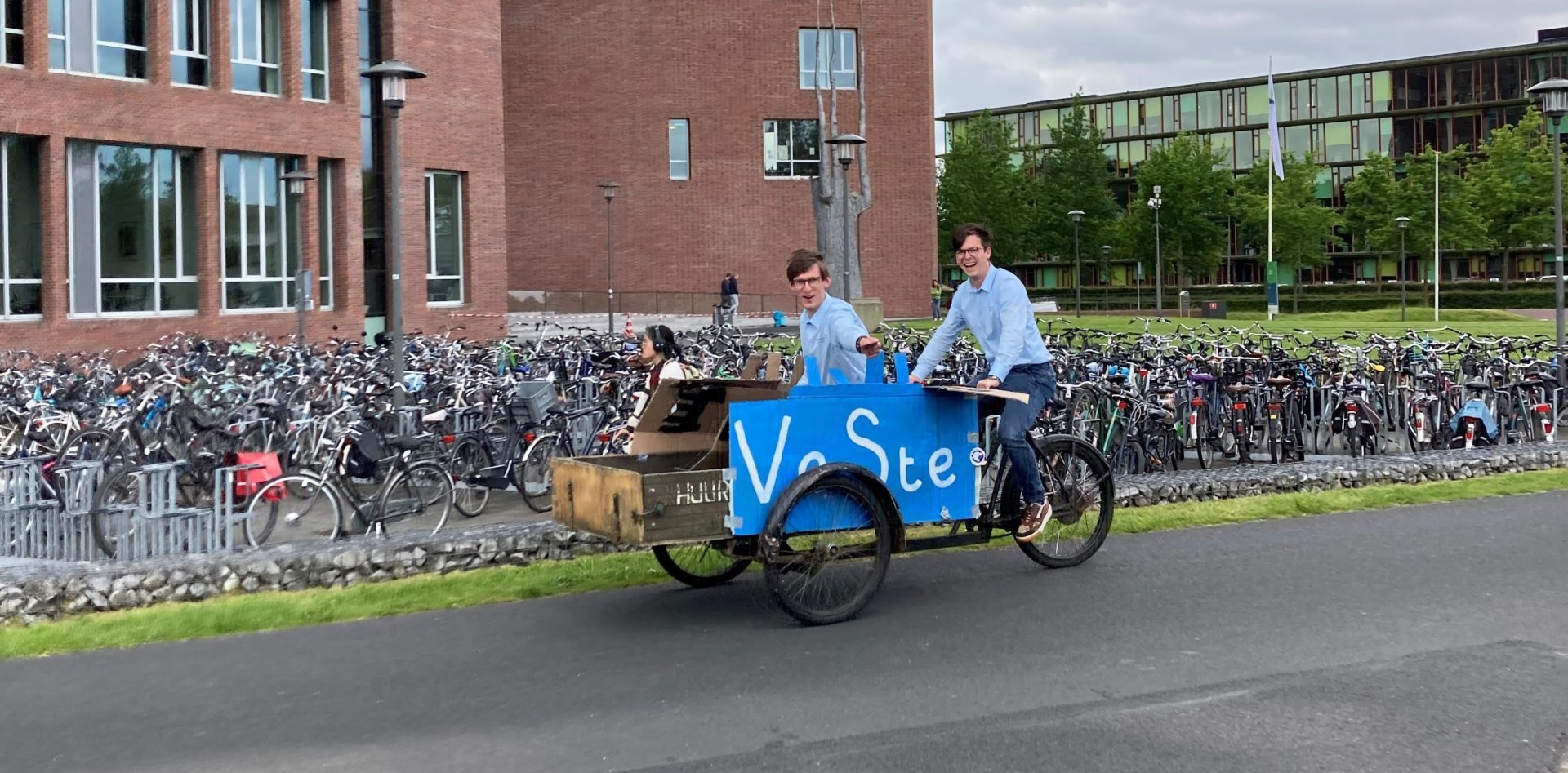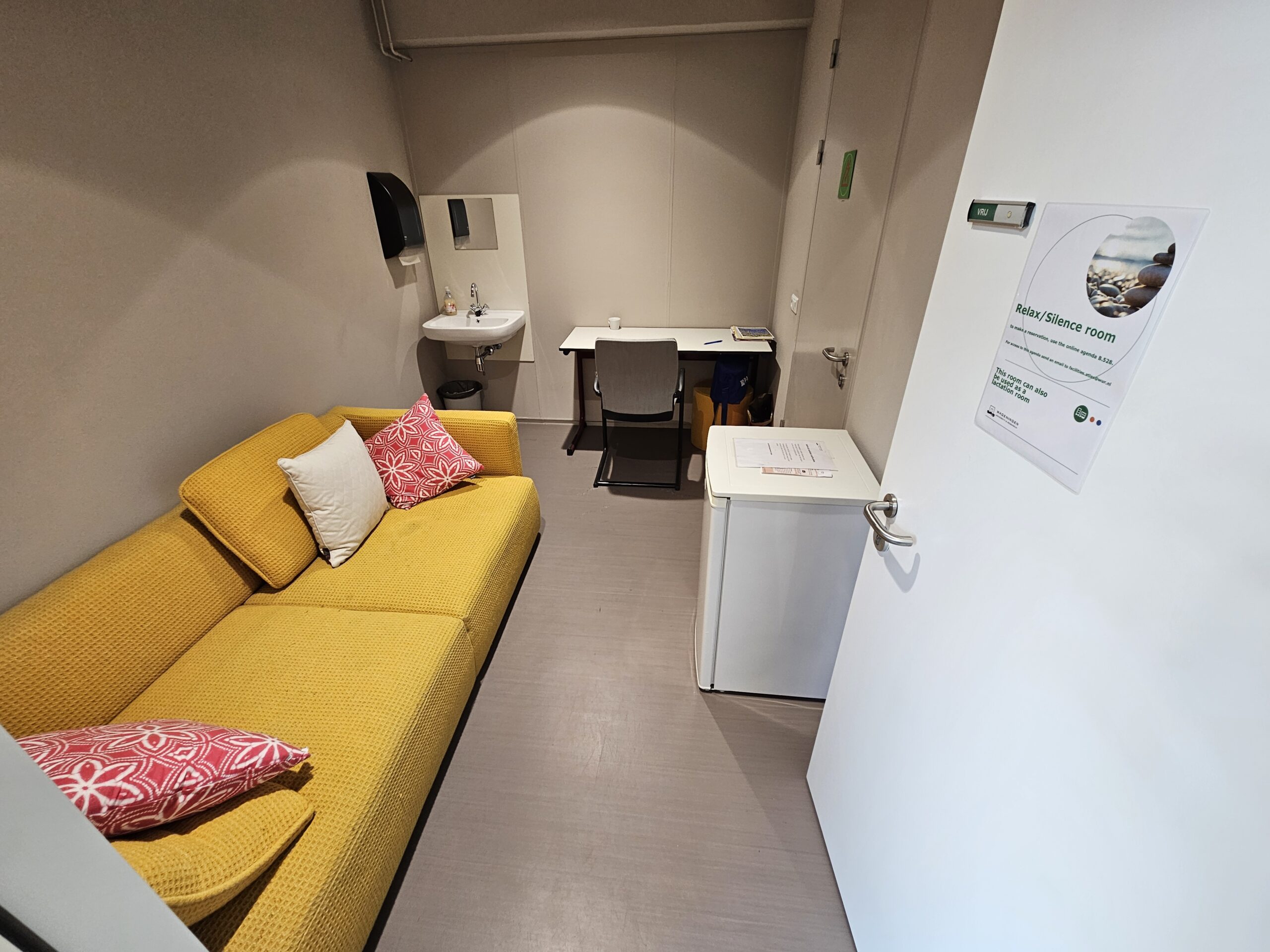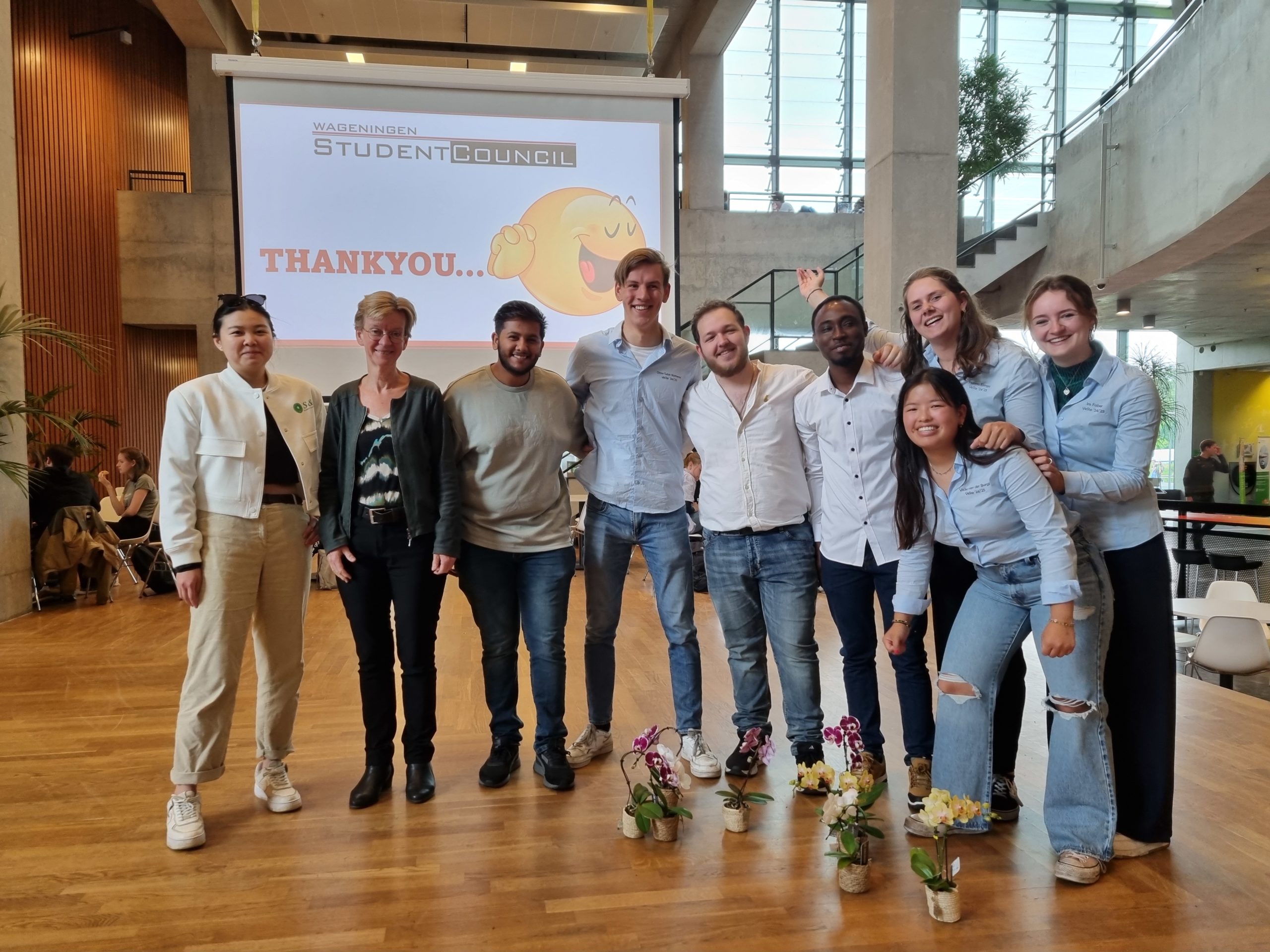VeSte got eight seats, S&I three and CSF one during the election week. VeSte has insufficient candidates to occupy all the seats, and, as a result, only six VeSte representatives will take a seat on the student council next academic year. S&I and CSF will occupy four and two seats, respectively.
Steg Snelders, who is holding a seat on the student council for VeSte, explains. ‘We had four candidates listed who were willing to serve on the council for a year. The rest were so-called “list-pushers”, candidates unwilling to serve on the council but who feel VeSte is important and want to support us. Hence, we lacked candidates to fill the seats we got.’
S&I and CSF had “extra” candidates on their lists. ‘Procedure demands they get the first chance to fill these seats’, Snelders clarifies. ‘That still left two open seats. We discussed what to do and agreed VeSte would have two weeks to find candidates to fill these seats. And we did.’
Representation
Snelders is disappointed that a lack of candidates resulted in lost seats. ‘The election results convey that a considerable majority of Wageningen students want to be represented by VeSte. We achieved enough seats for a two-thirds majority. But that majority will not be present in the council.’
As a result, Snelders says, the student council does not reflect the WUR’s student population. ‘Apparently, Dutch-speaking students are less willing to serve on a full-time board such as the student council. WUR aims to investigate why, I have been told.’
Electoral fraud?
A list of candidates you can vote for but who are unwilling to serve on the board… isn’t that electoral fraud? ‘I understand why you ask’, says Snelders. ‘Being able to vote on people who are unlikely to invest a full year in the student council is strange. On the other hand, those who are willing to do so were the ones that were active during the campaign. They received some 80 per cent of all the votes.’
Furthermore, you vote for a party, not a person, Snelders says. ‘All those on our list are our constituents: the board members and the constituent associations. List-pushers serve to enhance the parties and show the differences between the various parties. When students identify with particular individuals or associations on the list, it may help them elect a party that meets their preferences. That is why VeSte lists large student associations and certain people prominently, while CSF uses members of religious student associations as list-pushers.’
CSF and S&I
Student council parties CSF and S&I are happy with their additional seat. S&I chair Jin Ha: ‘As a party, we are so glad elections took place once again this year and that all seats on the council are filled. Still, we have concerns over the reduced willingness, among Dutch students in particular, to serve on the council.’ CSF chair Monica S. Bonu: ‘Ultimately, what matters is that a full council will be available next academic year to serve the student community. Allowing our candidates to fill VeSte’s empty seats has helped achieve that.’

 VeSte – in a cargo bike during their campaign – has lost two seats. Photo Resource
VeSte – in a cargo bike during their campaign – has lost two seats. Photo Resource 
![[Seriously?] New party wins Student Council election with beer and pizza](https://www.resource-online.nl/app/uploads/2024/06/WEB_De-neus.png)
